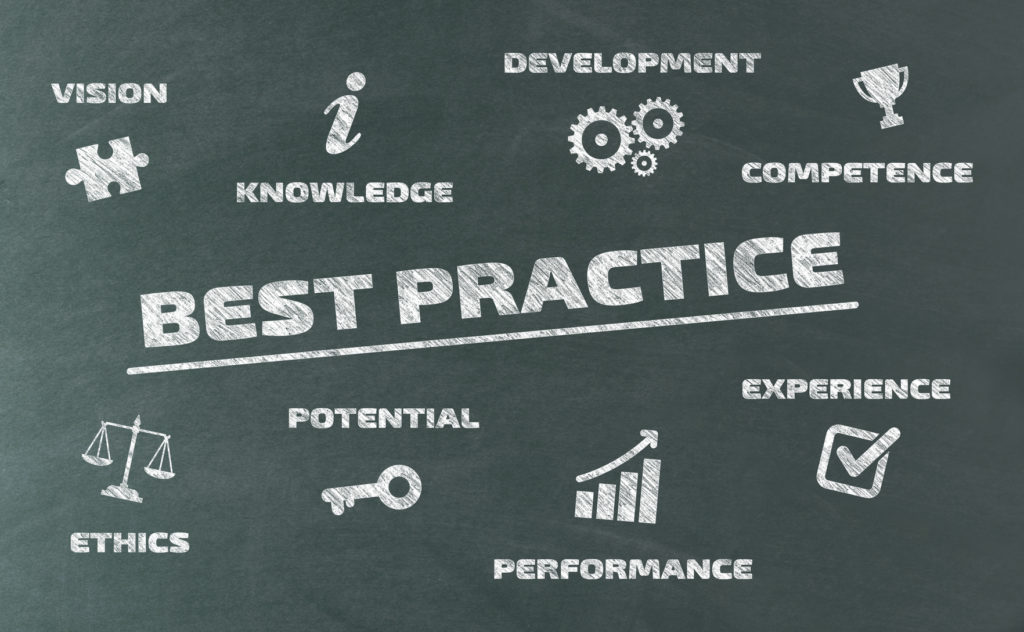Brand loyalists are committed to the vision, demonstrating unwavering allegiance and constant support to a product, service, person or institution.
These brand ambassadors embrace the culture and community created through the brand experience. They understand and speak the language of the brand. And they eagerly embrace the symbolism and association of everything that the brand represents.
Brand loyalty is expressed through a faith and commitment to an organization, a product, service, an idea or philosophy. It is measured through the consistent interactions, such as a purchases or tenure, irrespective of the cost, time, competition, or convenience.
Brand loyalists are flag-wavers, collaborators, devotees, steadfast and should always be viewed as trusted advisors.
Loyalists are truthful. They speak their truth. They will share the good, bad and ugly and often remain loyal through the ups and downs. They are committed to the success of the brand and feel it is representative of them, as showcased by their admiration. That relationship means they will not hold back. They will fight the disloyal and challenge the brand owners to be heard and understood. They have an important voice and they expect to be trusted and respected by those they show such abiding support.
It is essential that owners and representatives of the brand facilitate the valuable conversations and engage directly with their loyalists by first knowing how to identify them. Brand ambassadors have unique and collective traits, motivations and characteristics. They are individual and they are part of groups. They are consumers, clients, influencers, employees, partners, community members, competitors, investors and family members. They all are vested stakeholders in the brand. Brands must be able to identify them individually through demographics and behaviors, as well as by their affiliations.
Once the loyalists are identified, it is critical that the brand knows where their loyalists are hanging out.
- Where can you meet your loyalists face-to-face?
- How do they communicate and share experiences?
- Where are they spending their time?
- How do they buy your products and services?
- Where do they get their information?
- Where do they buy the t-shirt and flag?
Healthy brand cultures are supported by communities and provide opportunities for loyalists to gather, share and participate in the brand experience. Forrester analysts noted that insight communities allow companies to build a relationship with their customers, and gain a better understanding of the deep-seated values that their customers hold. Many marketers emphasize the online experience to develop communities; however, this is only one way to engage directly with your loyalists.
Where to Build Brand Communities:
- Your own backyard. Start at all your location(s). Communities should be onsite, both for consumers and employees. Create meetup spots at your offices, plants, retail outlets and corporate headquarters as hang-outs. People that gather in your space get to witness firsthand the brand ecosystem. They are able to see and learn how the brand is built, engage with the people that create the experiences and participate with those that operate in the day-to-day and are faces of the brand.
- Neighborhoods where you serve. Go local and elevate your brand in the communities where your loyalists engage with your company, products and services. Participate in local events and support local interests. People want to be able to interact directly and know they are joined in the communal causes. This is extremely important when you are looking to grow your global brand. Loyalty must be localized, driven from those that are able to provide a native experience, with all the cultural nuances and represented on the ground in those geographies. Authenticity is when you let go of your “center of the universe” and show up on their turf, anywhere and everywhere your loyalists participate with your brand.
- Social gatherings. Join in the conversations taking place where you don’t own the medium or channel. In addition, create your own conversation channels where your stakeholders can engage with fellow loyalists. Sponsor events, both virtual and in person. Be live and alive, listening and learning through active participation. Provide opportunities to socialize and share, whether it is a company gathering spot, retail hot spot or social platform.
- Digital experiences. Create two-way digital exchanges. If your website is just a site for information download and only pushes out content, it is not an experience! You want to share experiences and allow followers to participate with the brand. It should be a push and pull mechanism. Otherwise, it is not an experience. It’s content. Loyalists will consume information; however, they really want to engage. They want to feel worthy of providing insights, advice, experiences and know they are valued beyond just providing revenue. Give them the forums and ability to participate in your digital world.
- Direct service. Every touch and conversation is an opportunity to invest in and create new loyalists. Do not let this moment pass by without taking active measure to participate in a direct dialogue. Question what is top of mind for them. Why are they carrying your flag? How can they help you address challenges and provide feedback? This is for all stakeholders – every person that touches your brand. Service is more than just fixing an immediate problem, it is awareness, communication and a pledge. It is how you create a brand experience, promise and value.
Four Ways to Engage Brand Loyalists
#1: ASK – If you want to know how loyal your ambassadors are, ask them. Use surveys like Net Promoter Score to gather feedback and rate their experiences. Identify who and define your audience by individual characteristics. What journey did they take to become a loyalist? Gather the data and use it as a basis for measuring loyalty over time.
#2: SHARE – Let your loyalists share their experiences with others. Don’t hide your loyalists! Their stories are your best brand apparatus. It is estimated that more than 70% of people will buy based on the recommendation of others, so let the people speak! The best employers get their loyal team members to recruit and refer people for open positions – it saves money and deepens loyalty. Provide the opportunities via forums, media, channels, events and content where people can tell their stories about being a brand follower. This is not brand content created by the brand, let it be user generated. If you have three places where people are sharing their stories and producing UGC, find three more. In fact find 30 places and imagine how many stories can lead to referrals and fill your pipelines with new and loyal buyers.
#3: PARTICIPATE – Brands are built over time and they need nurturing and attention. Be front and center with your most avid fans and understand the pains and fears of those that are not embracing your brand. Get involved in feedback groups, onsite visits and exchanges with other brands and experts. Create loyalty programs and utilize reward systems, if applicable. A 2016 study found that customers who are members of loyalty programs generate between 12 and 18 percent more revenue than non-members. First and foremost, show up and listen. How can they help you improve processes? How can they test new product and service ideas? What can you do to ensure they stay loyal to the brand? These are conversations that can advance your company and brand. Reward them for their participation. Ignoring them will only cost you, as it is five to 25x more expensive to find a new customer than retain an existing relationship.
#4: UNDERSTAND – Every person that touches a brand, from the maker to the buyer is part of the brand experience. Why are they your customer, employee or partner? How are you visible in the community? Why does the competition love you and fear you? How do investors and family members of your team talk about the brand? Know that makes them tick, their pains, their experiences and how to create (and recreate) happy moments. Highly-engaged customers buy 90 percent more often and spend 60 percent more per transaction, according to the Rosetta Consulting study. Analyze the information on a regular basis and use it to improve the company, the buyer experience and leverage those that are most committed to the brand. Know the value and exploit it.
For a business, engagement leads to retention as noted by Rosetta Consulting, in that engaged customers are five times more likely to buy only from the same brand in the future. It is dollars and sense.
For marketers, brand enthusiasts are the best source of content. They are the real-time storytellers, the dreamers, the advocates and the believers. They are also the protectors. They are vested in the brand. They want it to do well.
You don’t earn loyalty in a day. You earn loyalty day-by-day. Jeffrey Gitomer
Loyalists are essential to long-term success. Be part of their world and go to where they hang out. Know them, listen to them, grow with them and value their service. Gratitude and appreciation will accelerate loyalty.
Be loyal to your loyalists.
Jamie Glass, CMO and Founder of Artful Thinkers, a sales and marketing consulting company.













You must be logged in to post a comment.